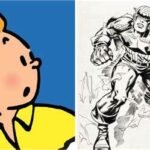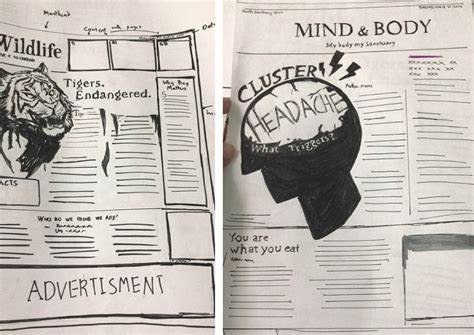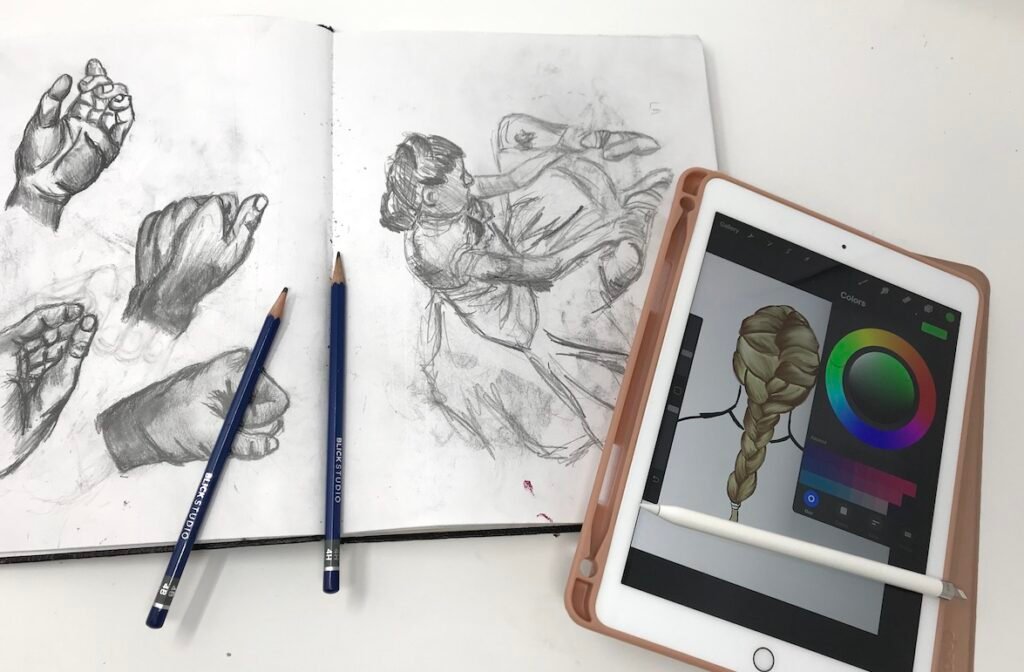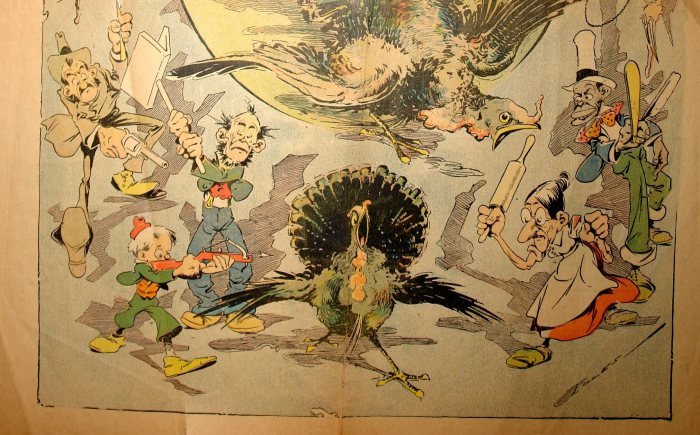Newspaper illustrations have been a vital part of journalism for centuries, shaping public opinion and enhancing storytelling. Some illustrators have not only captured the essence of their times but have also revolutionized how news is communicated through visuals. These legendary artists have had a profound influence on the industry, blending art with information in a way that resonates with readers. Below are some of the most famous newspaper illustrators who made an indelible mark on the world of journalism.
1. Thomas Nast
Often referred to as the “Father of American Caricature,” Thomas Nast’s illustrations in the Harper’s Weekly during the 19th century were instrumental in shaping political and social thought in the United States. Nast’s biting caricatures were a powerful tool for social commentary, with his most famous work being the portrayal of the corrupt political machine led by New York City’s William “Boss” Tweed. Nast’s cartoons helped expose political corruption, leading to Tweed’s downfall.
Additionally, Nast was responsible for popularizing the modern image of Santa Claus, transforming him from a European figure into the jovial, red-suited character we recognize today. His work had such an influence that it earned him the nickname “the most powerful pen in America.”
2. Herblock (Herbert Block)
Herbert Block, known as “Herblock,” was a political cartoonist who worked for the Washington Post for over 50 years. His powerful illustrations tackled major political issues, including civil rights, the Vietnam War, and Watergate. Herblock’s distinctive style—marked by bold lines and sharp wit—made his cartoons instantly recognizable. His criticism of the political establishment and its leaders made him a force for change, and his works often called attention to corruption and societal issues.
One of his most famous cartoons was the depiction of Richard Nixon during the Watergate scandal, which became iconic in its portrayal of the president’s downfall. Herblock’s work earned him three Pulitzer Prizes, cementing his legacy as one of the most influential editorial cartoonists in American history.
3. Rube Goldberg
Although primarily known for his intricate and humorous “machines” that perform simple tasks in ridiculously complex ways, Rube Goldberg’s contributions to newspaper illustrations were immense. His Rube Goldberg machines, featured in The New York Evening Mail, were wildly popular and became iconic representations of absurdly complicated solutions to basic problems. His cartoons were not only entertaining but also satirical, often poking fun at the excesses and inefficiencies of society, politics, and technology.
Goldberg’s style combined wit, engineering know-how, and visual storytelling, and his influence extended far beyond the comics page, inspiring inventions, art, and even modern culture (the term “Rube Goldberg machine” remains in use today to describe any over-complicated contraption).
4. Al Hirschfeld
Al Hirschfeld’s illustrations are among the most recognizable in the world of theater and entertainment journalism. His unique line drawings, often filled with hidden names and playful distortions, captured the personalities of Broadway stars and Hollywood icons for decades. Hirschfeld’s work was featured in major publications like The New York Times, where his theater caricatures became a staple.
One of his signature techniques was the inclusion of his daughter’s name, “Nina,” hidden in his drawings, which became a beloved aspect of his work. Hirschfeld’s minimalistic yet expressive style made him one of the most celebrated illustrators of the 20th century, and his influence on how we view caricature and celebrity culture remains strong.
5. David Levine
David Levine was known for his sharp, exaggerated portraits of public figures, which often appeared in the New York Review of Books and other prestigious publications. His pen-and-ink illustrations captured the essence of famous personalities, from politicians to cultural icons, and his work was famous for its biting satire. Levine’s ability to convey both character and caricature with humor and precision earned him widespread acclaim.
He is best known for his series of portraits of politicians, where he often exaggerated their facial features to convey a deeper commentary on their personalities and actions. Levine’s illustrations remain a benchmark for editorial illustration, blending satire, artistry, and insightful commentary.
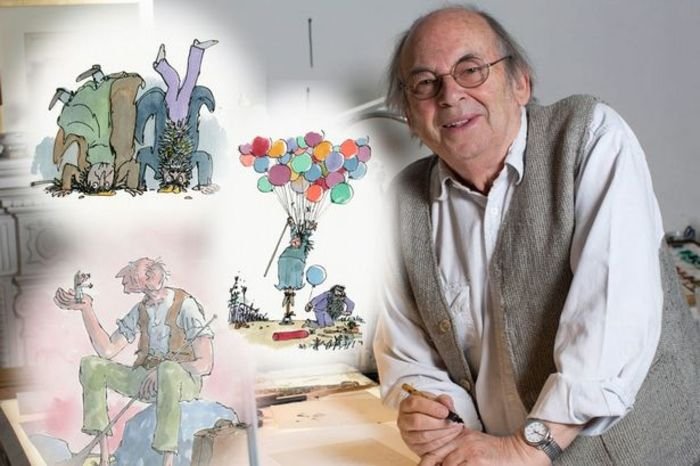
6. Charles Addams
Charles Addams is best known for creating The Addams Family, but before his iconic cartoon characters became the subject of television and film, they were the centerpiece of his illustrations in The New Yorker. Addams’ work was often macabre and humorous, perfectly capturing the bizarre and the absurd in American culture. His dark sense of humor found a perfect outlet in his illustrations, which poked fun at the strange and eerie aspects of everyday life.
His illustrations, often featuring quirky characters and bizarre situations, left a lasting imprint on both popular culture and editorial illustration. Addams’ influence is still evident today, particularly in the world of cartoons and animated sitcoms.
7. Bill Mauldin
Bill Mauldin was a Pulitzer Prize-winning cartoonist best known for his work during World War II. His cartoons, which appeared in Stars and Stripes and later in major newspapers like the Chicago Sun-Times, depicted the gritty realities of wartime life through the eyes of two soldier characters, Willie and Joe. Mauldin’s work resonated deeply with the common soldier, as it provided both humor and poignant commentary on the struggles of military life.
His ability to blend humor with the harshness of war made him a beloved figure, and his cartoons became an important form of both morale-boosting and critique. Mauldin’s work has continued to inspire generations of cartoonists and journalists, and his impact on wartime reporting is undeniable.
8. Edward Sorel
Edward Sorel is an influential illustrator and cartoonist known for his detailed and often controversial caricatures of political figures. His works, featured in The New York Review of Books and The Nation, are celebrated for their skillful technique and biting humor. Sorel’s illustrations often use exaggerated features to make strong political statements, offering criticism in a way that is both artistic and thought-provoking.
His most famous works include illustrations of figures like Henry Kissinger and Richard Nixon, where he used distortion and caricature to deliver scathing commentary on their actions and policies. Sorel’s work continues to resonate with readers who appreciate the intersection of art and political critique.
Conclusion
These famous newspaper illustrators have not only entertained and informed readers but have also used their art to shape public opinion and challenge societal norms. Their work continues to be influential, with their illustrations becoming a significant part of the visual history of journalism. Through humor, satire, and brilliant technique, they have shown how powerful a tool illustration can be in storytelling, conveying complex ideas, and reflecting the culture of their time.






